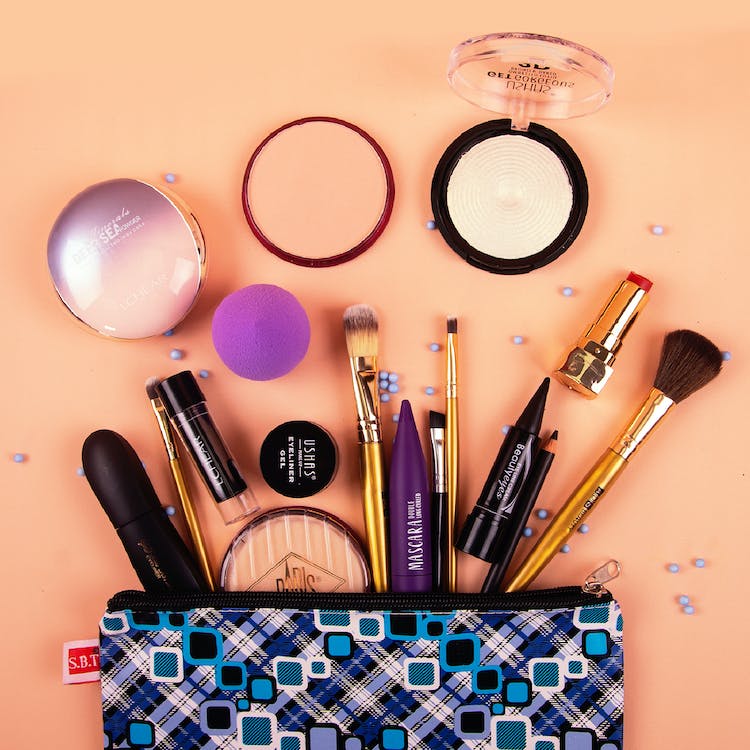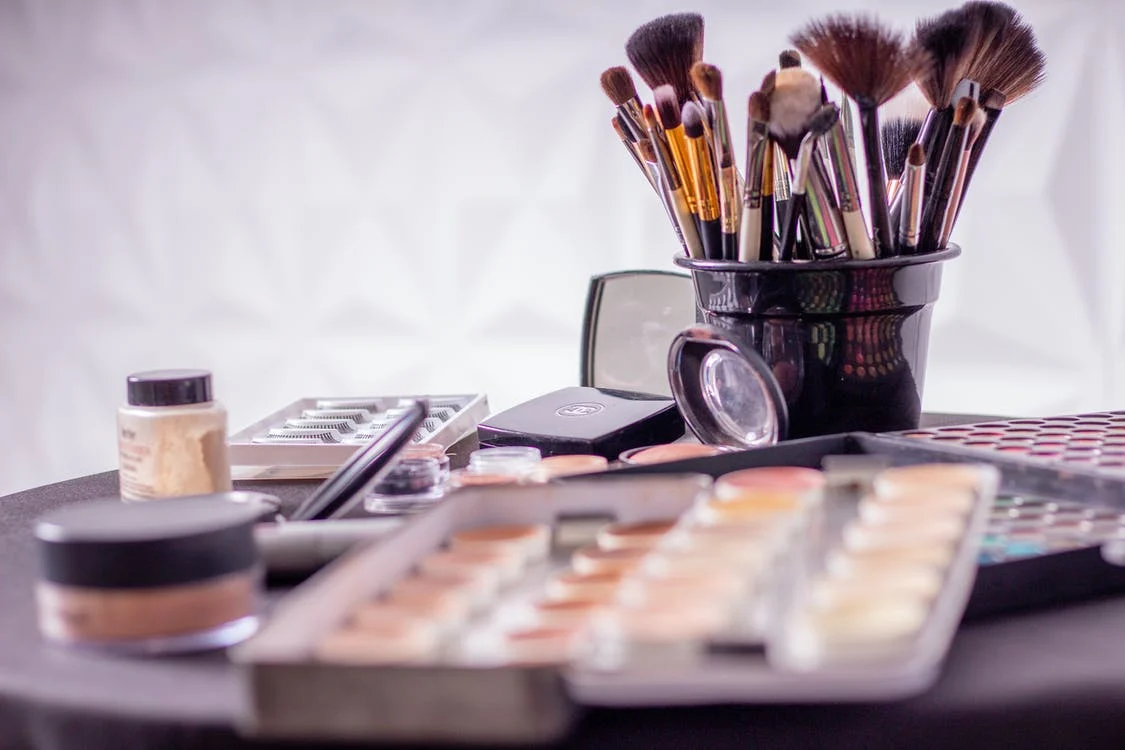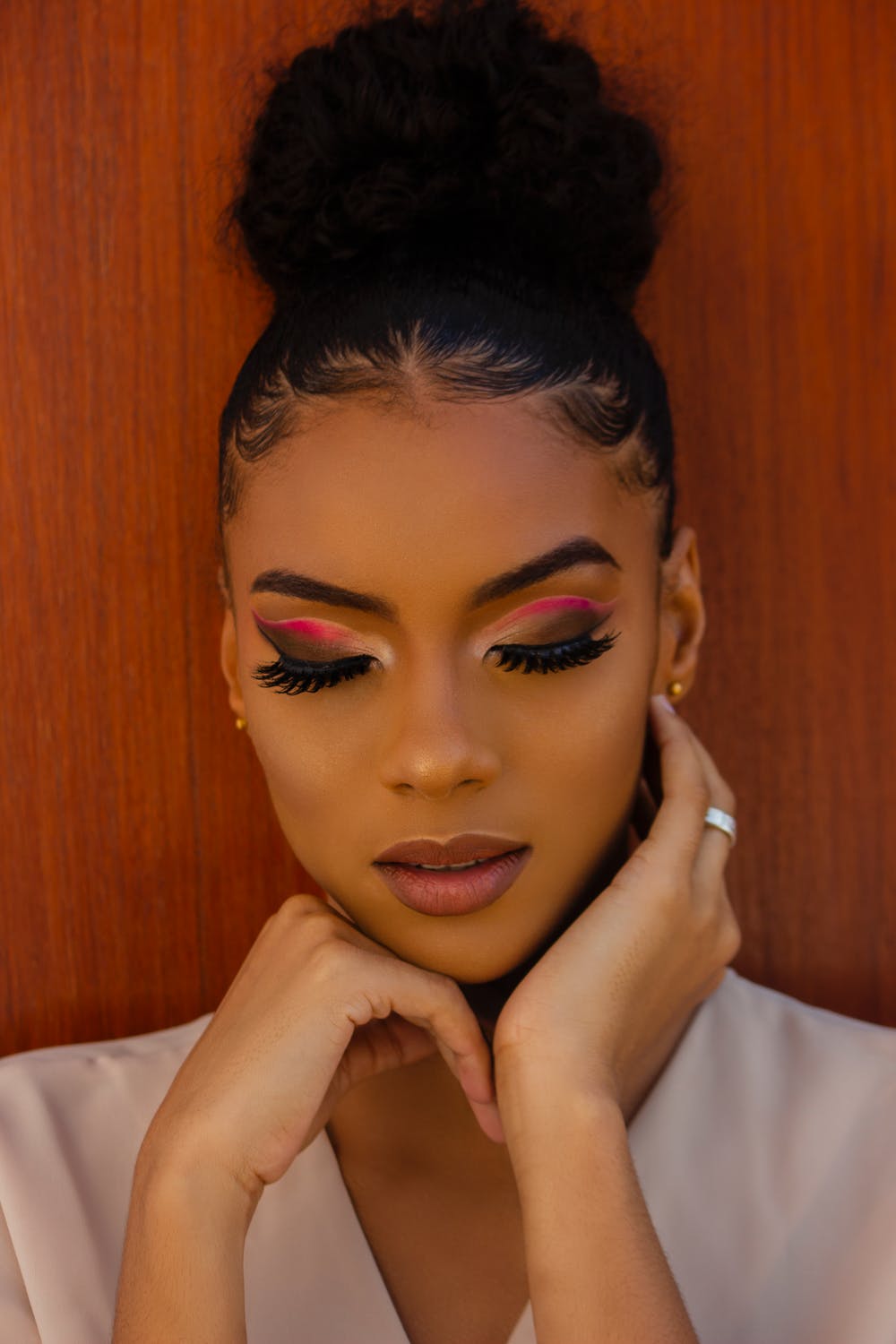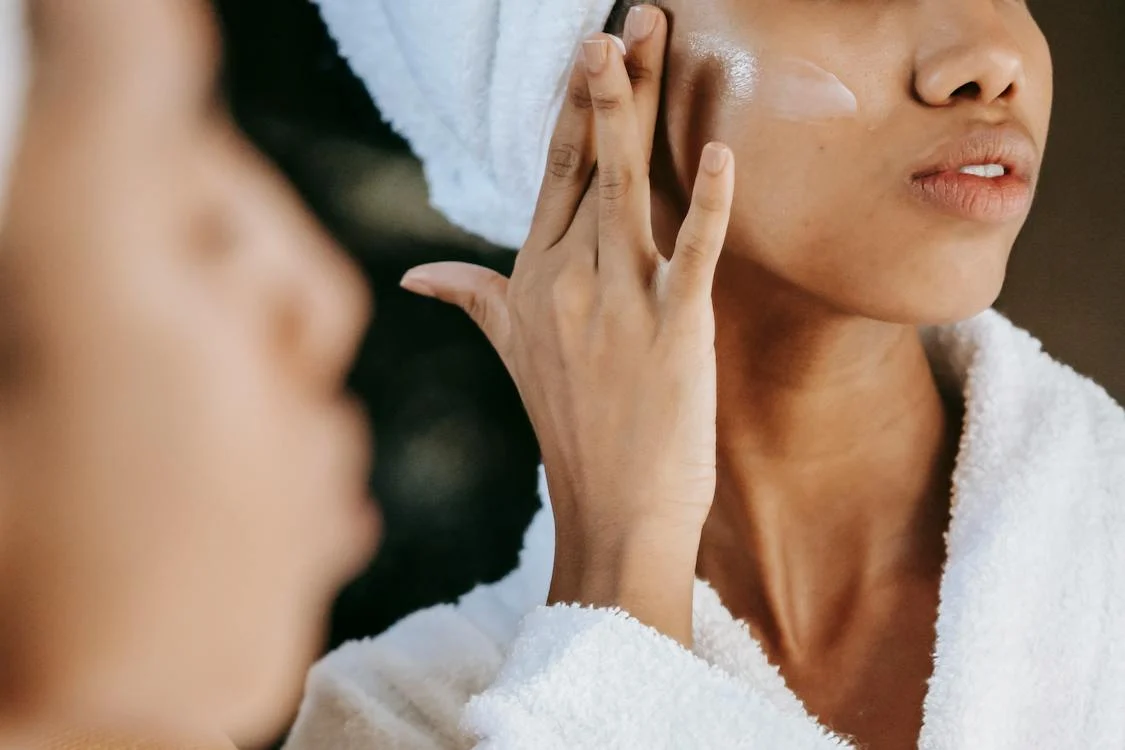What is Mineral Make Up?

Today, men and women are more health-conscious than ever. More people are deciding to go for things that are labeled as “natural” and “organic.” As natural or “green” alternatives for our everyday items rise in popularity, makeup also gets its own natural department mineral makeup. Health concerns may be one of the reasons why it’s gaining more buyers, but perhaps a lot of them also see the results.
Mineral makeup is cosmetics composed of minerals or naturally-derived ingredients suitable for the skin. Most of these products are made of pure minerals and do not contain any wax or oil additives. Some minerals can have helpful health results for the skin combined with cosmetic results. However, the health benefits of mineral makeup also inspired some scientific controversy that it contains a mineral that can cause an adverse skin reaction.
So what exactly is mineral makeup? Read on to learn more.
Traditional Makeup vs. Mineral Makeup
Since many traditional makeup products contain preservatives and chemicals, it can cause some irritation. For most men and women, they see nothing wrong with their traditional makeup; but for people who are conscious about their skin, they may be concerned. Some can cause clogging of pores and acne breakouts. Also, finding a good traditional makeup product can be harder for people with sensitive skin or allergies. Also, traditional makeup can cause adverse effects, such as hormonal disruptions for some people.
Most of the contents of traditional makeup won’t cause irritation for the average person, but it may trigger adverse reactions for people with sensitive skin, plus prolonged exposure to these may cause long-term negative effects. Check the labels of your makeup – here are some of the potentially dangerous ingredients found in traditional makeup:
- Formaldehyde – This is a carcinogen, a neurotoxin, and a skin sensitizer.
- Lead – Usually found in some lipsticks. It’s not considered safe, especially since lipstick is the most ingested makeup product.
- Petroleum jelly – It can be contaminated with impurities.
- Triclosan – This is used as a preservative for cosmetics, but it can irritate the skin and disrupt the endocrine system.
- Mercury – Usually found in eye shadow products, this element is a neurotoxin.
- Parabens – This ingredient is used as a preservative in many cosmetics and intended for preventing the growth of bacteria and mold in makeup products. However, it’s a possible endocrine disrupter and a skin sensitizer.
- Dibutyl phthalate (DBP) – This chemical is toxic to the liver, kidneys, and immune system. It’s also considered a water pollutant.
- Synthetic colors – These are often derived from petroleum or coal tar sources. These are possible carcinogens and skin irritants.
This is the reason why more people are going for mineral makeup. Authentic, mineral makeup is supposed to be pure, kind to the skin, hypoallergenic, and appropriate for all skin types. Why? Because it’s mostly made of naturally-occurring minerals mined from the earth. If you buy mineral makeup, you must expect it to be free from nasty ingredients like phthalates and parabens, synthetic dyes, and artificial fragrances that can harm sensitive skin.
Basically, mineral makeup contains minerals such as iron oxide, zinc oxide, titanium dioxide, mica, and ultramarine that are ground up to fine particles used to make powders and foundations. The minerals provide not just pigment, but also protection from the sun and anti-inflammatory benefits.
Mineral makeup also boasts of having no preservatives, fragrance, and emollient oils present in conventional cosmetic formulations.
For example, mineral makeup can list zinc oxide and titanium dioxide as ingredients – but it has been prevalent in foundations for decades. And it can be called as “mineral makeup” and be legally correct, as long as it doesn’t contain synthetic preservatives like parabens and phthalates.
Mineral makeup may contain bismuth oxychloride – a mineral that is not natural. It’s a metal derivative and is most commonly obtained as a by-product of lead and copper smelting. It’s used in cosmetics to help a product make a shimmering glow. This kind of a glow is a big selling point for mineral makeup, but bismuth oxychloride is a known irritant. It can cause rashes, acne, itchiness, and may even trigger acne breakouts for sensitive-skinned people. While this powder is found in most cosmetics, it becomes a problem when it’s mixed with mineral makeup, because it’s specifically designed for people with sensitive skin. For best results, find mineral makeup that doesn’t contain bismuth oxychloride. But the good news is many of the reputable mineral makeup brands have completely removed it from their products.
History of Mineral Makeup
Mineral makeup came into existence in the 1970s. It started with some of the really early all-natural makeup products. However, the history of mineral makeup is as ancient as the human’s desire to enhance their looks.
Its ingredients and manufacturing returned to technologies that have been present since ancient times. Many ancient cultures use ground-up minerals to apply color to the skin for enhancement, decoration, camouflage, and war paints.
One of the first successfully marketed mineral makeup was pioneered by Diane Ranger, a cosmetic chemist and founder of Bare Escentuals in 1976. She later started Colorescience Pro, which is another mineral makeup line. Ranger was touted as the mother of mineral makeup, and she developed her first mineral cosmetics because she felt there was a need for natural ingredients for a natural look and feel. After the cosmetic companies were required to list their ingredients on their products for the first time, Ranger was shocked about the things we are putting on our skin, so she discarded her traditional makeup and created her own that are made of minerals.
The increasing desire for natural cosmetics coincided with the increasing number of women who identify themselves as having sensitive skin.
What you Need to Know About Mineral Makeup
Here are some helpful and interesting facts about mineral makeup that you may not know about:
1. Mineral makeup is inert. It means it cannot be changed easily by a chemical or biological reaction. It also means it’s beneficial for the skin in two ways – by preventing bacterial growth, and for reducing chances of irritation. This means that the makeup is stable and non-reactive, making it suitable for even the most sensitive skin types, even freshly waxed or exfoliated skin. 2. Mineral makeup is great for sensitive skin. Because it lacks parabens, fillers, binders, preservatives, artificial colors and fragrances, mineral makeup is hypoallergenic and non-comedogenic. It doesn’t clog pores or cause breakouts, making it great for acne-prone skin. Mineral makeup is the best choice for those with rosacea, eczema, and psoriasis. 3. Mineral makeup is great for oily skin. Since mineral makeup is great for skin types, it includes oily skin. Natural minerals can actually absorb oils. Generally, the mineral foundations have a luminous finish because of light-catching pigments in the formula, but if you want a matte finish, you still have plenty of mineral makeup options.
It’s actually easier for oily to normal skin types to wear mineral makeup than dry-skin. It’s because of the naturally dry consistency of minerals, so it has a hard time adhering to dry skin. But people with dry skin can use it if they apply it correctly. They can use an emollient day cream before putting on makeup.
4. Mineral makeup has natural sunscreen. The zinc or titanium oxide content of mineral makeup is a natural sunscreen ingredient. These have anti-inflammatory and calming effects on the skin. So if you’re retouching your makeup, you’re also reapplying sunscreen.




